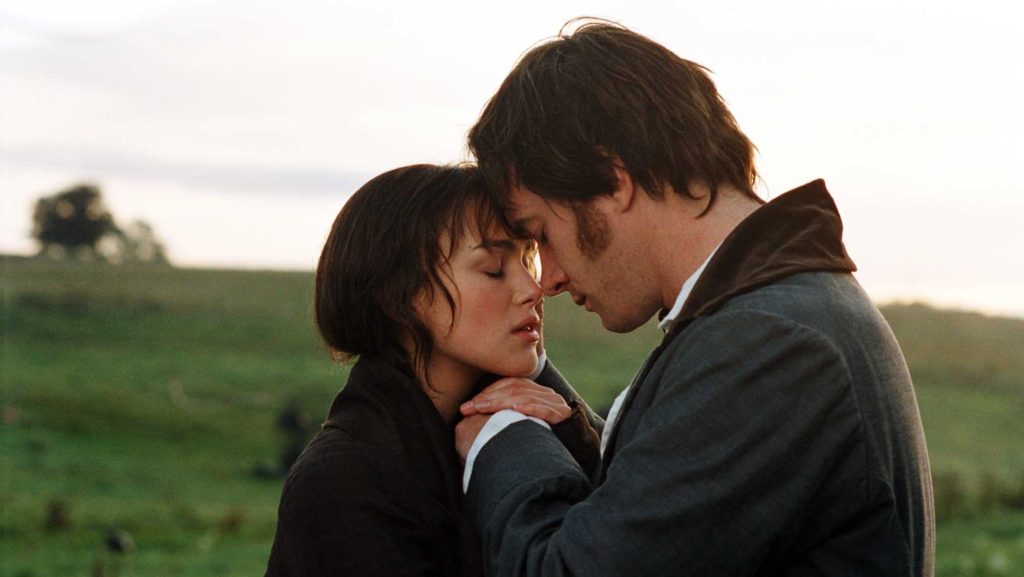‘Pride and Prejudice’ by Jane Austen has taken our hearts. It has been an all-time favorite for ages. The book gives us an insight into Victorian society — the status of women, the superiority of aristocracies, how a woman who followed her heart is condemned by society (Yes, I am talking about Lydia), and how marriage is the only means for women’s survival.
It is a representation of a 200 hundred-year-old society and yet I, as an Indian reader, can still find it relatable in our so-called modern society.
Let’s start with the most famous line of the novel.
‘It is a truth universally acknowledged, that a single man in possession of a good fortune, must be in want of a wife.’
The very first sentence of the novel sums it up for the readers: Marriage is the crux.
Mrs. Bennet’s life revolves around getting her daughters married. Marriage translates to social acceptance. Thus, it gets high rankings among the top priorities in women’s lives. The prime marital age of Mrs. Bennet’s elder daughters is perishing which troubles her deeply. It is through marriage that her daughters can live happy lives.
First dependent on their fathers and then on their husbands, women had no financial security or independence of their own in the male-centric society.
Many Indian families still face the same challenges even in the 21st century.
They still consider their daughters as liabilities! Even today parents believe that the only means to a happy and financially secured life for their precious daughters is marriage.
Though the status of women has undergone an intense change from ancient times with women having access to education and decent opportunities, it is still women who sacrifice their goals and jobs for family care and child care. The societal expectations from women have not undergone many changes. This was clear during the pandemic. It has hit the working women of our society harder- many quitting their jobs.
In Pride and Prejudice,
Elizabeth Bennet or Lizzy is the only character who marries out of love and not for financial security.
She discards marriage as an economic arrangement. She represents the handful of Indian females who have transcended societal norms.
We boast about making progress. We see women working in senior managerial positions and as entrepreneurs, but what is the percentage? How many successful women do we actually have from a population of 662.90 million?
Only 19.9% of women account for the Indian labor force.
Check out Wikipedia’s page — less than a fraction of the page is enough to cover up the achievements of Indian women for over a century.
It is disheartening to see that our progressive Indian society- our developing country- is so far behind.
The real question is how far have we actually come?
Have we really progressed? I only see a long journey to reach the road where women actually get the freedom and status they deserve and are not shunned by society for taking their own decisions. When we will normalize the equal treatment of men and women — when we stop glorifying men doing the domestic chores, when neighbors won’t gossip about a house-husband and a working wife, and when women equally contribute to the country’s economy, then we can say that we have progressed. Pride and Prejudice
